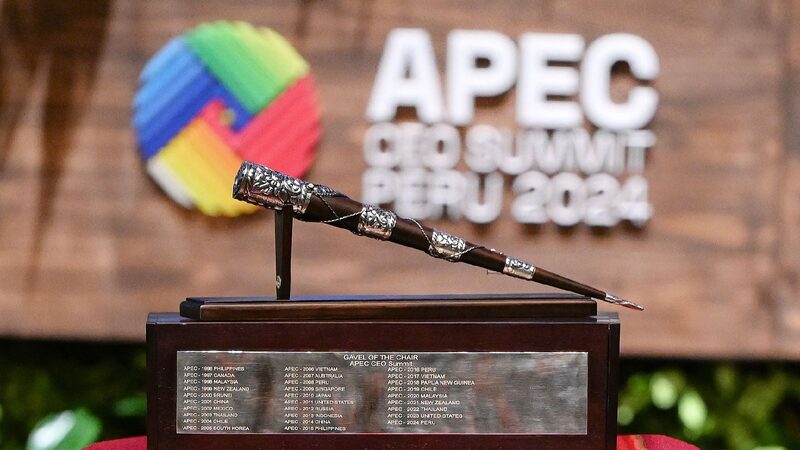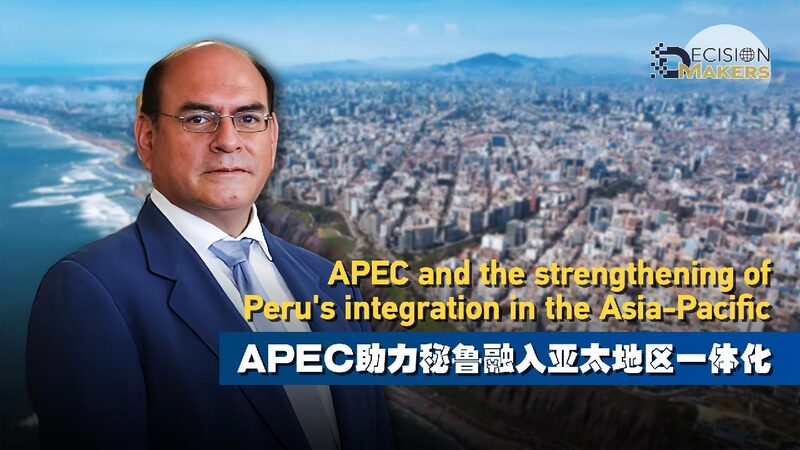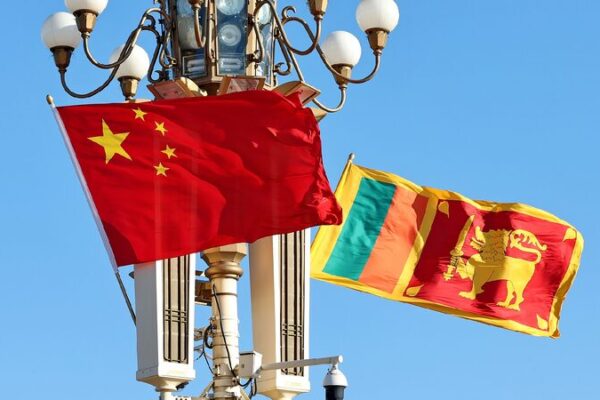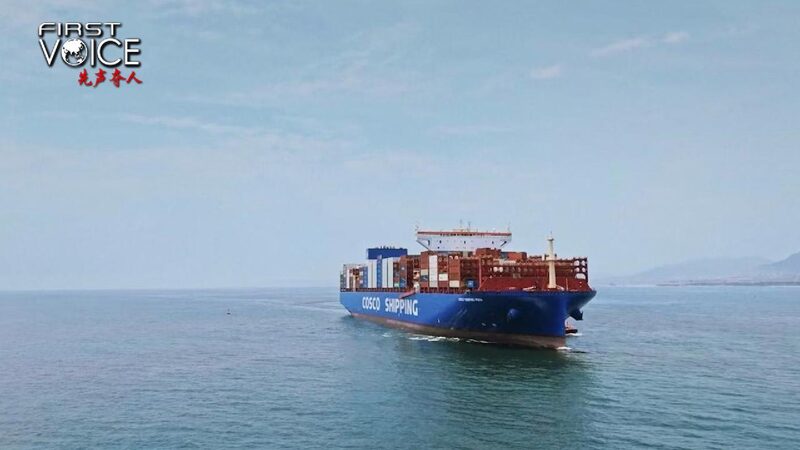In a rapidly changing world, nations are forging new paths in global trade, reshaping the landscape without significant participation from the United States. Chile recently applied to join the Regional Comprehensive Economic Partnership (RCEP), the world’s largest free trade agreement, alongside Sri Lanka and Hong Kong. India is also reconsidering its stance on joining the bloc.
The RCEP, initially focused on North and Southeast Asia, is expanding its reach. Chile’s prospective membership would extend the trade agreement across the Pacific, potentially connecting the economies of Asia with those of South America.
Enhancing this connection is the upcoming Chancay mega port in Peru, majority-owned by China’s COSCO Shipping. As the first major trade port on South America’s west coast, it promises to streamline trade between Asia and South America, reducing shipping times between Brazil and China by up to 15 days. This development signals a significant boost in trans-Pacific trade, bypassing traditional routes through Mexico or the United States.
Meanwhile, the U.S. has been stepping back from various global trade agreements. The previous administration withdrew from the Trans-Pacific Partnership (TPP), and the current administration has not rejoined its successor, the Comprehensive and Progressive Agreement for Trans-Pacific Partnership (CPTPP). Protectionist policies, including tariffs and sanctions, have become more prominent, impacting the country’s engagement in multilateral trade systems like the World Trade Organization (WTO).
As global challenges such as climate change and economic development demand cooperative efforts, many nations are seeking more inclusive and collaborative trade partnerships. The upcoming Asia-Pacific Economic Cooperation (APEC) Leaders’ Meeting illustrates this shift, bringing together leaders from over 30 countries to discuss economic integration and shared aspirations.
In this evolving landscape, globalization is being reimagined. Countries are emphasizing consensus, multilateral dialogue, and new alliances to address global issues. The future of international trade appears to be one of increased connectivity and cooperation, with or without the traditional leadership of the United States.
Reference(s):
cgtn.com








